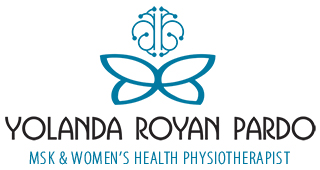Anorgasmia is a type of sexual dysfunction whereby a person cannot achieve orgasm despite adequate stimulation.
In order to understand what an orgasm disorder is, the first thing we have to understand is what an orgasm is.
“The highest point of sexual excitement, characterised by strong feelings of pleasure and marked normally by involuntary vaginal contractions in the female.”
Anorgasmia can be due to alterations in the arousal phase of the female sexual response, preventing reaching the plateau and later orgasm.
Anorgasmia
A lack of sexual desire physiologically suggests that the vagina has not been sufficiently dilated, the cervix will not be in the proper position and this will cause a lack of lubrication, inappropriate friction of the penis in the vagina and a shock that will cause pain.
Alterations in the female sexual response, usually manifests in patients with poor sexual education, poor knowledge of their sexual anatomy, after abuse or traumatic situations, due to lack of lubrication, hypotonia of the pelvic floor and associated libido alteration or not to menopause or hormonal problems. In this case, the treatment should be considered from a multidisciplinary perspective, the work of the psychologist specializing in sexuality being very important.
Anorgasmia or difficulty reaching orgasm is frequently associated with other dysfunctions of the pelvic floor, such as:
- Pain during sexual intercourse, which usually presents with increased tone of the pelvic floor muscles.
- Pelvic floor musculature weakness.
- Urinary stress incontinence, postpartum pain after episiotomy, chronic pelvic pain can contribute to the failure to trigger orgasm.
Treatment
It is important to identify the main cause of anorgasmia in the patient in order to establish the objectives and the physiotherapeutic treatment plan. Treatment is based on
- Sex education, learning sexual anatomy, how our body works during sexual response.
- Guidelines for self-exploration to know your body.
- External or intracavitary techniques to normalize the tone of the pelvic floor muscles.
- Learning relaxation techniques.
- Techniques for strengthening the pelvic floor muscles.
- Techniques to improve motor control and proprioception of the pelvic floor, using instrumental techniques such as biofeedback and electrotherapy.

